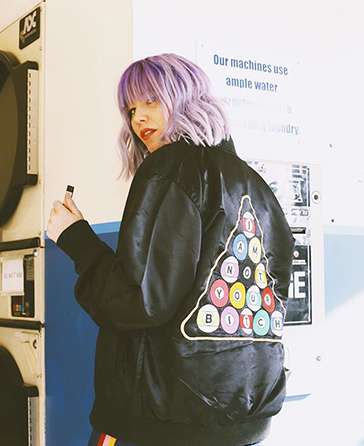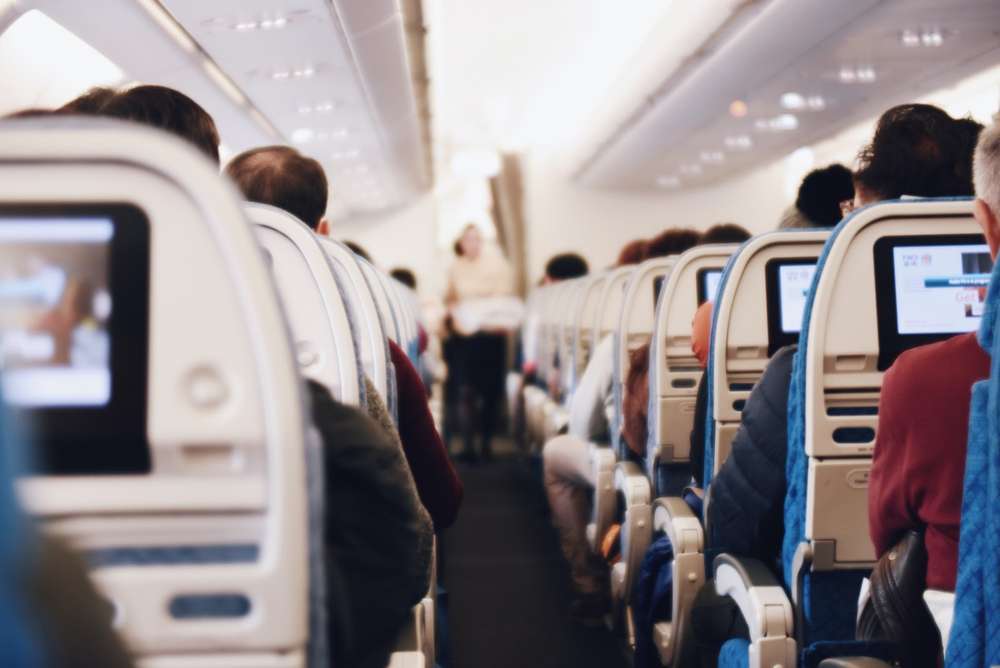The TSA Guidelines in a Nutshell
The TSA allows travelers to bring vaporizers onto planes if they pack them in carry-on luggage. Stashing vaping devices in checked luggage is against TSA policy and could lead to problems. Legal vaping cartridges can be stored in checked baggage. Individual airline policies may contradict official TSA regulations regarding vape pens.
Tips for Packing Your Equipment
To avoid undue hassle from airport security, be sure to follow these commonsense practices when packing up vaping hardware.
Remember the 1-Quart Liquid Rule
Per TSA regulations, any liquids carried onto a plane must fit within a 1-quart container. Furthermore, any individual bottle stored within that container can't contain more than 3.4 ounces or 100 milliliters of liquid. Factor in the shampoo and deodorant you'll be bringing to determine how much vaping juice that you can legally tote.
Don't Fly With Full Cartridges
While it's tempting to pack a bag full of vape cartridges for long trips, that approach can easily backfire on you. The air pressure within a plane's cabin can cause cartridges to leak or even explode under the right circumstances. Partially depleted cartridges with some space at the top are far less likely to crack during a flight.
Stick With Plastic Cartridges
There are a number of advantages associated with using plastic cartridges rather than glass cartridges. For one, plastic vaping cartridges are less likely to burst in the cabin due to air pressure. What's more, they're not going to shatter while rolling around in a travel case due to either air turbulence or accidental drops.
Store Batteries Separately
As unlikely as it may seem, the lithium batteries that power modern vape pens can ignite at altitude when stored improperly. Buying a molded plastic battery case for your lithium batteries will virtually eliminate the odds of an accidental conflagration. Be sure to buy a case that prevents positive and negative terminals from touching.
Limit Batteries to 100 Watt Hours
According to FAA regulations, lithium batteries with a capacity in excess of 100 watt hours can't be carried onto a plane. The good news is that few batteries intended for vaping applications exceed this rating. Transporting batteries with a capacity of greater than 100 watt hours requires approval by the airline in question.
Make Sure Labels Are Clearly Visible
When it comes to vaping equipment, clear labels will help you to avoid delays as you attempt to board a flight. Official manufacturer labels enable TSA agents to quickly verify the legality of pens and cartridges. Leaving vaping hardware in their original packaging is always a wise idea when packing your carry-on luggage.
How to Navigate TSA Checkpoints
Generally speaking, TSA employees will allow you to proceed through checkpoints with your vaporizer if you follow a few simple rules.
Be Prepared to Explain Yourself
For the most part, TSA agents are fairly knowledgeable when it comes to vaping equipment. As such, they don't typically hassle travelers over their hardware. Nevertheless, the individual TSA employees you encounter might not be familiar with your specific vaping devices and cartridges. Know the particulars of your gear and be prepared to answer questions related to their legality if necessary.
Charge Devices Before Departing
If you use a generic low-profile pen, it's unlikely that a TSA agent will question its safety. However, larger vaping devices may attract some attention at checkpoints. Some agents may ask you to activate your device to prove that it isn't explosive in nature. Having the battery charged will allow you to avoid embarrassing misunderstandings when you pass through checkpoints.
Leave Complicated Gear at Home
Any vaping equipment that's outside of the norm will almost always invite extra scrutiny from TSA personnel. For instance, a coil-building kit that boasts screwdrivers and random wire will raise some eyebrows. Uncomplicated vape kits are a far better option if you want to avoid questions. Flying internationally with complex vaping equipment is especially dicey due to the language barrier.
A Word About CBD and THC Cartridges
As you probably know, the TSA officially condones CBD cartridge transport thanks to the passage of the 2018 Farm Bill. As long as the CBD in question contains less than 0.3% THC, the TSA won't bat an eye. Generally speaking, traveling with CBD extract cartridges won't cause you any problems when passing through TSA checkpoints.
The issue with CBD and THC cartridges is that every state in the country has a different policy regarding possession. While Epidiolex is 100% approved by the FDA, most other extracts derived from hemp and cannabis can be troublesome. While the TSA doesn't specifically look for quasi-illegal substances, they defer to local authorities when they find something. That's where your travels as a vaping enthusiast get interesting.
Knowing the local laws regarding possession of CBD and cannabis products is incredibly important if the TSA contacts local authorities. If you're in Colorado, nothing will happen. If you happen to be in a state like Oklahoma, you may well end up under arrest. Until there's a federal law legalizing the possession of cannabinoid products, it's best to leave CBD and THC extracts at home.
Finding Vaporizer Pens That Travel Well Every Time
Now that you know how to fly intelligently with vape equipment, it's time to select devices that will serve you well in the air. Kandypens offers a variety of vaporizers from the C-Box and Rubi product lines that always satisfy. When you need a vape pen that's sure to make the cut next time you fly, think Kandypens.




